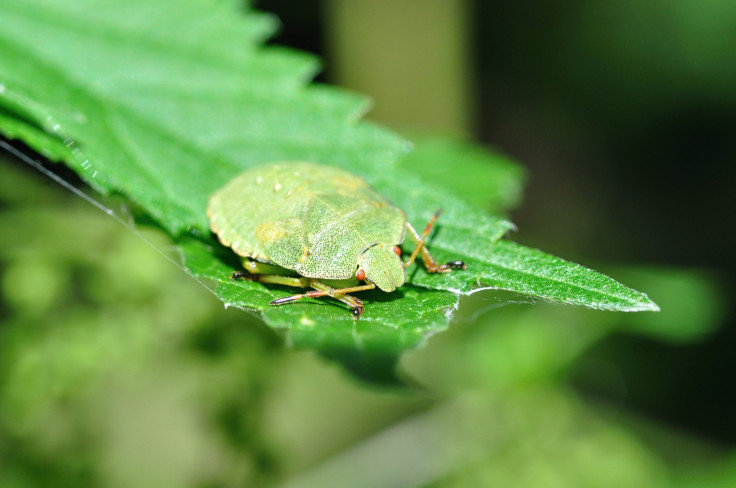
The Chagas disease is a tropical parasitic disease discovered in 1909 by Brazilian physician Carlos Chagas. The disease -- which can be life-threatening to humans -- is transmitted to people by triatomines (colloquially called "kissing bugs") that live in Latin America. An estimated 8 million people are infected with Chagas disease around the world, according to the World Health Organization (WHO) and the Centers for Disease Control and Prevention (CDC) notes that approximately 300,000 people in the U.S. are living with parasitic disease.
Most cases of the Chagas disease are in Latin America, but due to migration, the disease has made its way all across the globe from Spain and Japan to Australia and the United States. While it is not a full-scale epidemic in the United States, the issue at hand is the lack of awareness surrounding the disease. USA Today notes that nations like Bolivia -- which has the highest rate of Chagas disease in the world -- precautionary methods are implemented to prevent the disease from further spreading. For instance, the Latin American nation screens pregnant women to ensure it does not spread from mother to child. Measures like these are rarely, if ever, seen in the U.S. due to lack of awareness. That said, the Atlantic reports that in Virginia, which has the most Bolivian immigrants, measures are being taken to raise awareness of the condition.
In Latin America, the kissing bugs live in the cracks of the walls in rural houses and bite people at night when they sleep. The parasitic disease is spread; however, from the bugs' feces. There is no way of identifying that you have been bitten, since the bite is painless and leaves no mark. While the bite is painless, many who have Chagas disease develop heart disease or megacolon and when left untreated, they die from what looks like a sudden heart attack. The WHO notes that 11,000 people die from the kissing bugs disease each year.
“The parasite is very successful. It’s been able to live with an enormous number of animals for millions of years,” said Dr. Felipe Guhl, a molecular biologist at the University of the Andes in Bogotá who will be releasing a 10-year study of benznidazole this fall, to the Atlantic. “[The study] is going to shed a lot of light on how effective the treatment is for adults with chronic Chagas.”
According to MailOnline, the kissing bug disease is being called the 'new AIDS' due to the fact that Chagas is asymptomatic in the early stages and can be fatal for the patient.
"We were astonished to not only find such a high rate of individuals testing positive for Chagas in their blood, but also high rates of heart disease that appear to be Chagas-related," said Nolan Garcia, an epidemiologist at the Baylor College of Medicine to MailOnline.
The CDC shares that in the United States, the Chagas infection can be transmitted from mother-to-baby, from contaminated blood products, from an infected organ transplant donor, from a lab accident and in rare cases, from contaminated food or drink.
As far as treatment options are concerned, the current medication of choice is benznidazole, which cures younger patients that have contracted the disease. But this drug is not a guarantee -- the Atlantic cites that it helps 15 to 35 percent of patients -- and patients often suffer side effects of nausea and severe skin rashes. What's more, the Food and Drug Administration has not approved of benznidazole and the second treatment option — nifurtimox — which place the patient at risk for disease nerve damage, nausea and weight loss, according to reports by Aljazeera. Last week, researchers met at the annual American Society of Tropical Medicine and Hygiene meeting and revealed that the kissing bug disease is curable if the symptoms can be recognized.
"The disease can be fatal if not treated," said Melissa Nolan Garcia, a research associate at Baylor College of Medicine in Houston and co-author of a Chagas disease study. "You are normally asymptomatic until disease has progressed at which time treatment is not helpful. We call this the silent disease. The concerning thing is that majority of the patients [I spoke to] are going to physicians, and the physicians are telling them, ‘No you don’t have the disease.'"
The CDC advises spraying insecticide inside housing to eliminate the bug's presence in Mexico and Central America, and screening blood donations to prevent transfusion-acquired cases. In the United States, the CDC says "control strategies are focused on preventing transmission from blood transfusion, organ transplantation, and mother-to-baby."
© 2024 Latin Times. All rights reserved. Do not reproduce without permission.




